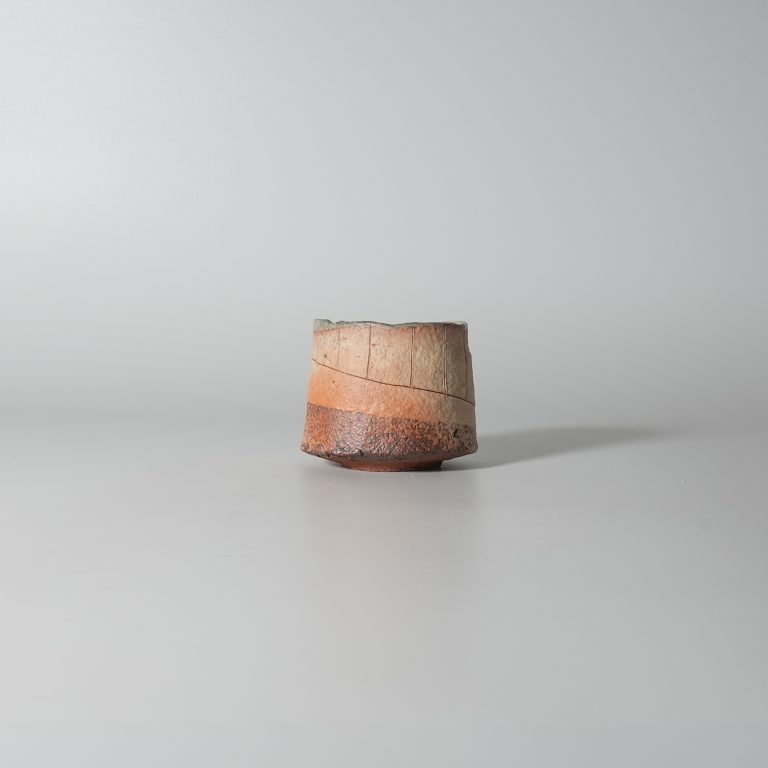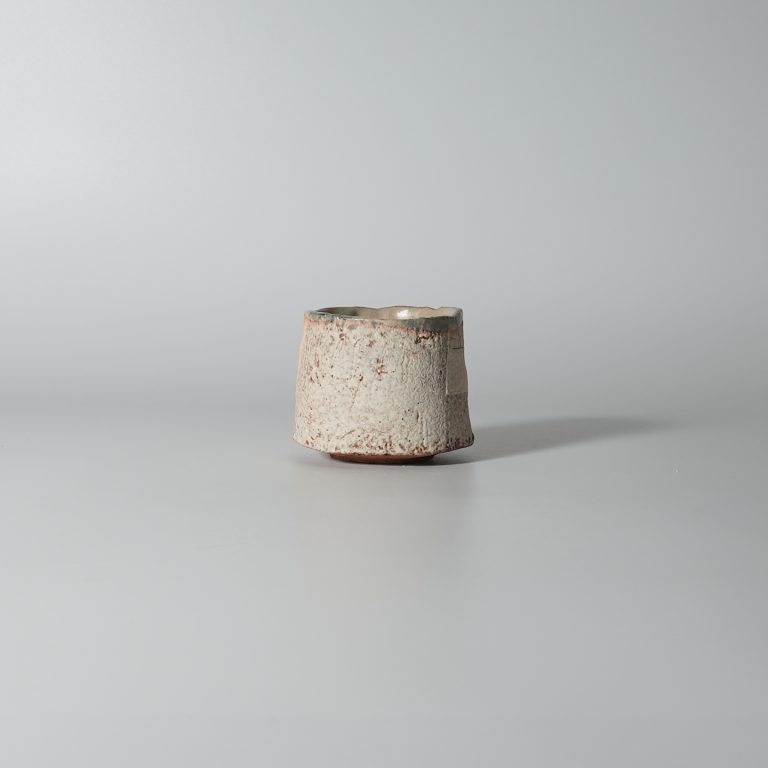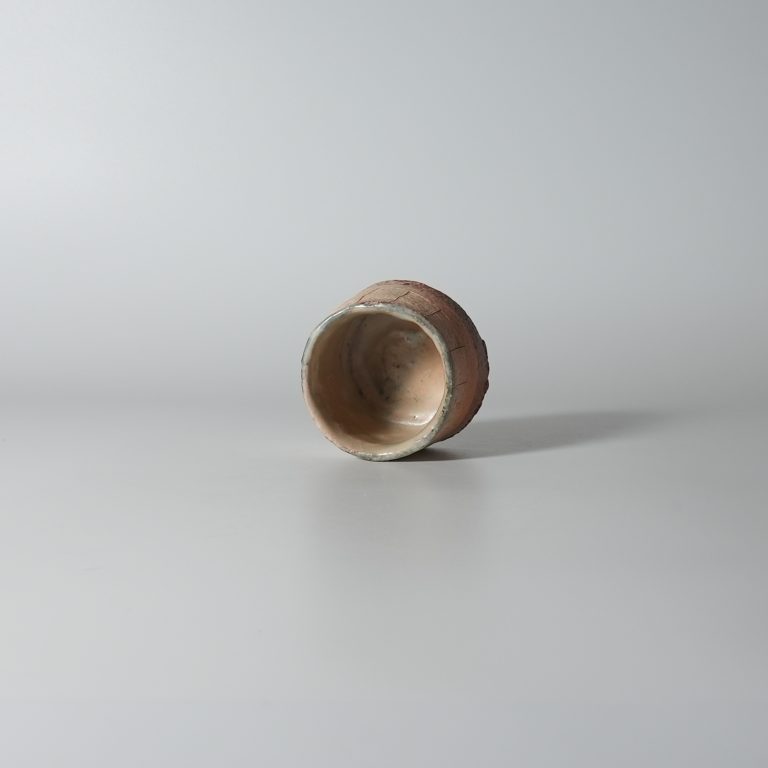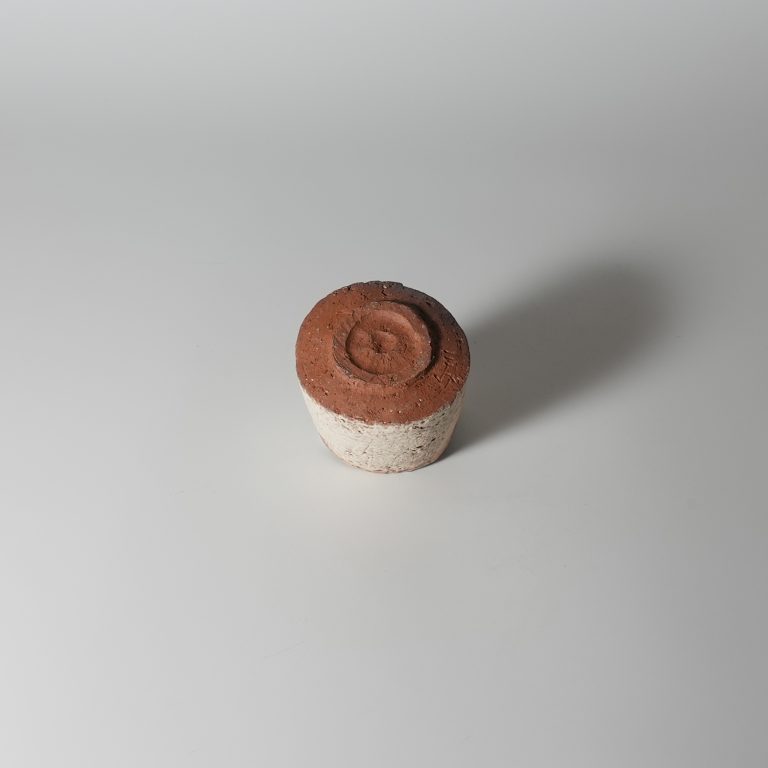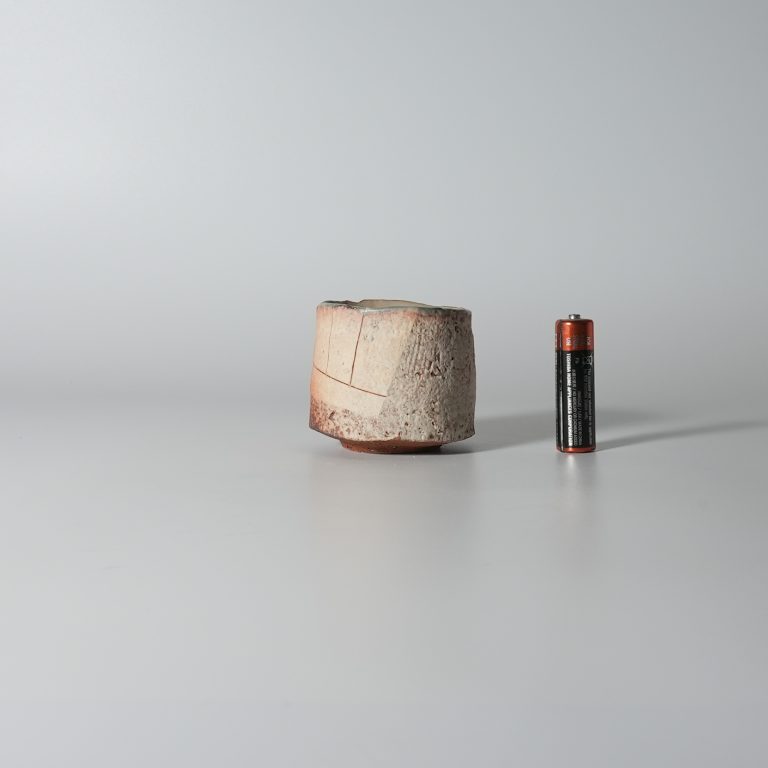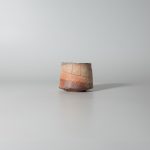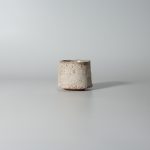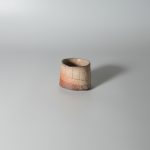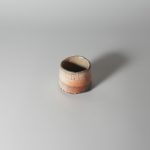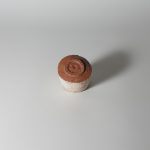Tamba guinomi Sake cup. Keiichi Shimizu. Wooden box.
Size: Diameter6.4cm Width6.4cm Height5.5cm Weight110g
Tamba guinomi Sake cup. Keiichi Shimizu. Wooden box.
Tamba yaki potter, Keiichi Shimizu.
This item is packed in wooden box.
It takes almost 2 – 3 days to ship after receiving order.
-Keiichi Shimizu Profile-
1986 Hyogo Prefecture Art and Craft Show.
1989 Governor’s Award, Hyogo Prefecture Art and Craft Show.
1991 Japan Modern Art and Craft Show.
1992 Solo exhibition, Gallery Totosho, Osaka.
Japan Modern Art and Craft Show.
1993 Kinki Division Award, Japan Modern Art and Craft Show.
Japan Craft Show
1994 Recognition Award, Saga Daikakuji Flower & Ceramics Show.
Asahi Craft Show.
Yaki-Shime-ten open competition.
NITTEN Show
1995 Solo exhibition, Gallery Ogawa, Kyoto.
Kinki Division Award, Japan Modern Art and Craft Show.
Japan Craft Show.
NITTEN Show.
Director’s Award, Kyoto Chamber of Commerce.
Daikakuji Award, Daikakuji Flower and Ceramics Show.
1996 Solo exhibition, Gallery Kobe Daimaru, Kobe.
NITTEN Show.
Osaka Mayor’s Award, Osaka Craft Show.
1997 Solo exhibition, Gallery Osaka Mitsukoshi, Osaka.
NITTEN Show.
Recognition Award, Cha-no-yu Show, Tanabe Museum.
1998 Solo exhibition, Gallery Kobe Daimaru, Kobe.
Recognition Award, Cha-no-yu Show, Tanabe Museum.
1999 Solo exhibition, Gallery Kobe Daimaru, Kobe.
Japan Craft Show.
2000 2-person show, Touching Stone Gallery, Santa Fe, New Mexico.
2001 Grand Prize for Hyogo Prefecture Art & Crafts Show.
2002 Modern Craft Award, Japan Modern Art & Crafts Show.
2004 Touching Stone Gallery, Santa Fe, New Mexico.
Kobe Club, Kobe.
2006 Solo exhibition, Touching Stone Gallery, Santa Fe, New Mexico.
2007 Recognition Award, Kikuchi Biennial.
Solo exhibition, Gallery Kintetsu, Yottkaichi.
Solo exhibition, Gallery Daimaru, Tottori.
2008 Solo exhibition, Touching Stone Gallery, Santa Fe, New Mexico.
Solo exhibition, Gallery Kandori, Tokyo.
2009 Recognition Award, Kikuchi Biennial.
Recognition Award, Cha-no-yu Show, Tanabe Museum.
Solo exhibition, Gallery Kobe Daimaru, Kobe.
2010 Solo exhibition, Gallery Kandori, Tokyo.
Excellence Award, Cha-no-yu Show, Tanabe Museum.
Solo exhibition, Watanabe Fine Art Gallery, Osaka.
2011 Solo exhibition, Gallery Kobe Daimaru, Kobe.
Recognition Award, Cha-no-yu Show, Tanabe Museum.
Recognition Award, Japan Ceramic Art Exhibition.
2012 Solo exhibition, Touching Stone Gallery, Santa Fe, New Mexico.
2013 Selected for 22nd Japan Ceramic Art Exhibition.
Solo exhibition, Touching Stone Gallery, Santa Fe, New Mexico.
2015 Tanba Now, Hyogo Ceramic Museum, Japan.
Solo exhibition, Daimaru Department Store, Kobe, Japan.
2017 Solo exhibition, Daimaru Department Store, Kobe, Japan.
Solo exhibition, Gallery Magatama, Osaka, Japan.
-from his website-
Before my father’s time,Tanba potters saw themselves as craftsmen producing utility wares. My father’s generation was the first who viewed themselves as artists rather than craftsmen. Since then,a number of Tanba potters became innovators.
There have been two distinct lines of development. One line elevates function-based traditional Tanba pottery to a very high level of artistry.The other line completely breaks free from traditional Tanba wares to explore new forms and ideals. I regard myself in the latter category.
Quite a few potters of my generation studied in Kyoto. We were all influenced by the creative energy and activities that eventually led me to a new direction. Among contemporary Japanese potters,I admire Shoji Kamoda; Kiyoyuki Kato,and Sueharu Fukami. These potters have very different styles,but they share one common character of breaking through previously accepted boundaries.
A lot of Tanba pottery vessels are vase forms and storage jars. Tanba is also known for its ceramic sake bottles. Today,the surface of Tanba pottery is often covered with an ash glaze and continues to be fired in wood kilns. Tanba’s community kiln is among Japan’s historic Six Old Kilns,the other five being associated with Bizen,Echizen,Seto,Shigaraki,and Tokoname styles. Collectively the Six Old Kilns are known in Japan by the term rokkouyo. But most potters in the area now use their own family kilns rather than the large community kiln.
Please note that the actual color of the product may appear slightly different depending on your monitor or browser setting.
Payment method “PayPal Only”.
(You don’t need to have a PayPal account.Simply click on the PayPal icon at the checkout and then choose your credit card preference and follow the prompts.)
Please let me know if you have a problem for purchasing. Your order would be canceled automatically if we couldn’t confirm your payment.
■ Customs duties & fees ■
International customers are responsible for their country’s customs fees.
Customs and other import duties are supposed to be paid by the buyer.
Please confirm your postal system for further information.
Shipping Fee,
/Shipping fee for EMS Japan Post is included to:
Australia, Canada, China, Costa Rica, Hong Kong, India, Indonesia, Israel, Macau, Malaysia, Mexio, New Zealand, Panama, Philippines, Puerto Rico, Singapore, South Korea, Taiwan, Thailand, Turkey, United States, Vietnam.
Belgium, Czech Republic, Denmark, Finland, France, Germany, Greece, Hungary, Ireland, Ireland, Netherlands, Norway, Poland, Portugal, Romania, Russia, Spain, Sweden, Switzerland, United Kingdom.
/ 3,000 Yen extra Shipping Fee to:
Brazil.


 0
0


